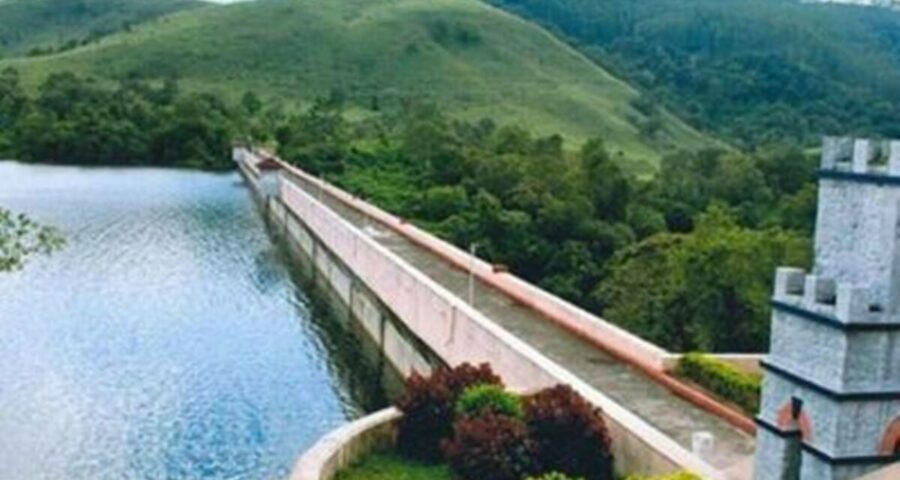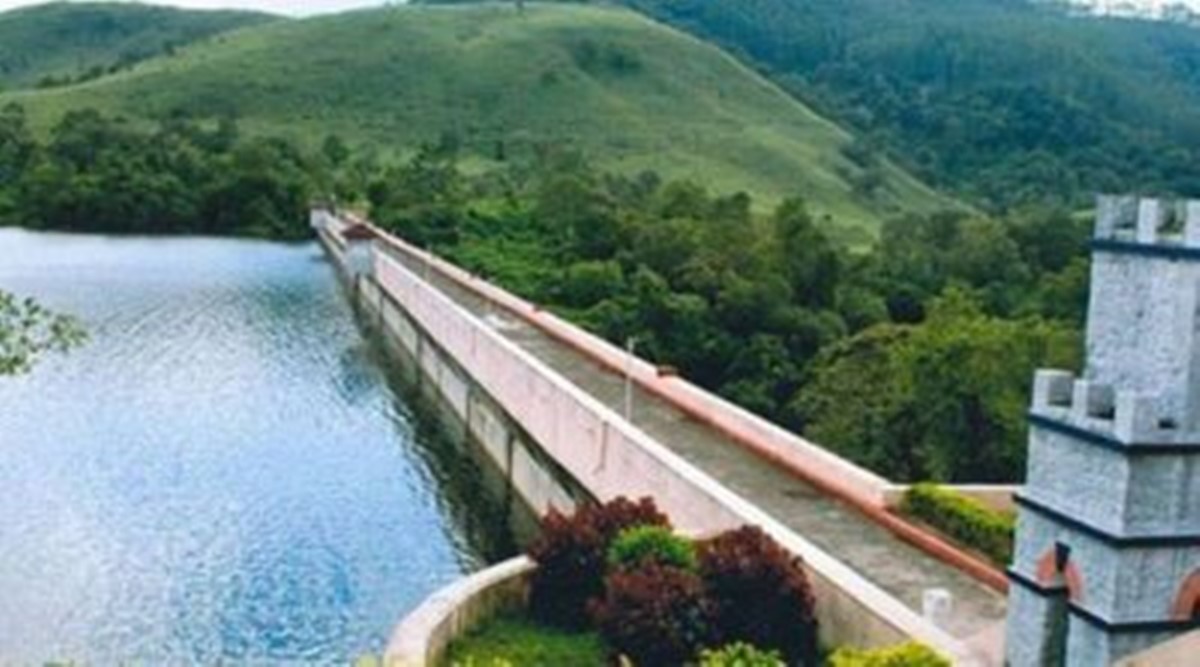🔴 As the water level increased, Tamil Nadu opened seven shutters of the spillway, discharging 2944.31cusecs (cubic feet per second) of water to the river Periyar, which will flow to Idukki reservoir, 35 km downstream.
The water level at Mullaperiyar dam, which is at the centre of a decades-long dispute between Kerala and Tamil Nadu over the safety of the structure, on Tuesday morning reached the permissible level of 142 ft.
The Central Water Commission, which acted upon an interim order of the Supreme Court, had last week allowed Tamil Nadu, the custodian of the 126-year-old masonry gravity dam, to raise the water level to 142 ft despite objection from Kerala, which has been demanding that level be brought down to 136 ft.
As the water level increased, Tamil Nadu opened seven shutters of the spillway, discharging 2944.31 cusecs (cubic feet per second) of water to the river Periyar, which will flow to Idukki reservoir, 35 km downstream. The water level at Idukki reservoir has already reached 2400 ft (97 per cent of live storage) as heavy rains continue in Kerala. Idukki district administration has sounded an alert to people living on the banks of river Periyar as Tamil Nadu is releasing water from Mullaperiyar dam.
Before 1979, Tamil Nadu had maintained water level at the dam at the maximum storage level of 152. However, after Kerala raised concerns about the safety of the structure, the water level was brought down to 142 ft. It was then decided that the water level at the dam can be restored up to 145 ft on completion of the emergency and medium-term measures to strengthen the dam, which is a lifeline for five districts of Tamil Nadu.
The water level was further brought down to 136 ft in later years as Kerala said the dam posed a threat to lakhs of Kerala people living downstream.
After decades of legal battle over the safety of the dam, the Supreme Court in 2014 allowed Tamil Nadu to raise the water level from 136 ft to 142 ft. During the Kerala floods of August 2018, water at the dam had crossed 142 ft, forcing Tamil Nadu to suddenly discharge more water to Idukki reservoir, then already brimming. This has contributed to flooding of the central Kerala region. Since then, Kerala has been demanding that the maximum permissible level should be brought down below 142 ft.
However, the Supreme Court last week had stated that the rule curve of the dam fixed by the Central Water Commission should be maintained. Accordingly, the CWC has allowed Tamil Nadu to raise the water level to 142 ft.
The maximum height of the dam from the deepest foundation is 176 ft, while the full reservoir level is 152 ft. The Crest level of the spillway is 136 ft. Documents show that on January 3, 1943, the water level at the dam had reached 154.80 ft.
Source: Read Full Article


